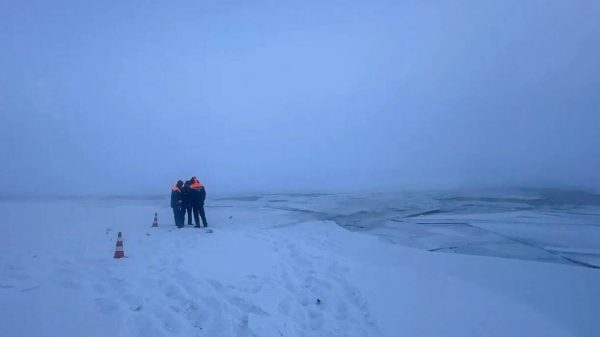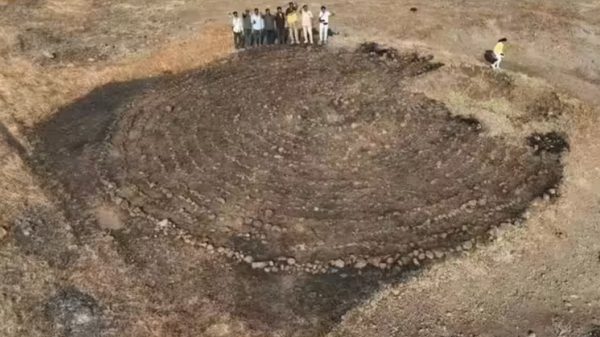
There is water on the Moon
Credit: Reuters
Nasa has confirmed for the first time that there is water on the sunlit surface of the Moon.
The discovery opens up the possibility it could be used by humans setting up a lunar base to drink, or to manufacture rocket fuel for an eventual mission to Mars.
Nasa scientist Casey Honniball said: "To be clear, this is not puddles of water. It is water molecules so spread apart they do not form ice or liquid water. These water molecules are not interacting with each other.
"If we find the water is abundant enough in certain locations we may be able to use it as a resource for human exploration. It could be used as drinking water, breathable oxygen, and rocket fuel. Something is generating the water, and something must be trapping it there."
The water molecules were present at about 100 to 400 parts per million, which was equivalent to a 12oz bottle of water spread across a cubic metre of lunar soil, she said.
Paul Hertz, director of astrophysics at Nasa Headquarters in Washington, said: "We had indications that H2O — the familiar water we know — might be present on the sunlit side of the Moon.
"Now we know it is there. This discovery challenges our understanding of the lunar surface."
Until about a decade ago it had been thought the Moon was bone dry, but observations then indicated ice in permanently shadowed craters.
A separate study released yesterday suggested 15,400 square miles of lunar terrain, including penny-sized nooks and crannies, could hold frozen water in "cold traps". That was a much larger area than previously thought.
It had been previously unclear whether molecules detected on the sunlit lunar surface were H20, or its close chemical relative hydroxyl, an ingredient in drain cleaner.
Nasa said they had now "definitively determined" it to be water using observations from The Stratospheric Observatory for Infrared Astronomy (SOFIA), a Boeing 747 jet equipped with a 106-inch diameter telescope.
It was the first time SOFIA had been used to look at the Moon and it flew at 45,000ft over Nevada, while observing Clavius Crater in the Moon’s southern hemisphere.

SOFIA — Nasa's Stratospheric Observatory for Infrared Astronomy
Credit: Shutterstock
Ms Honiball said: "Prior to the SOFIA observations, we knew there was some kind of hydration. But we didn’t know how much, if any, was actually water molecules — like we drink every day — or something more like drain cleaner."
Nasa said there were several ways the water could have originated.
One was that it arrived as part of micrometeorites, which on impact melted into what was described as "glass beads".
The water molecules were stored inside, protecting them from the harsh conditions on the lunar surface.
Another possibility was that it could be hidden between grains of lunar soil, and sheltered from the sunlight, or it could have originated from past lunar volcanic eruptions.
Nasa will in future use rovers with drills to see how much is under the surface, and expect they could find even more water there.

Buzz Aldrin on the moon in 1969
Credit: Neil Armstrong/Nasa
The space agency’s Artemis mission is intending to land the first woman and next man on the Moon in 2024, establishing a sustainable human presence by the end of the decade.
The current destination is expected to be near the South Pole, but Nasa said the latest discovery could change that,
Libby Jackson, UK Space Agency human exploration programme manager, said: "Using a small amount of the Moon’s natural resources could make it easier for astronauts to explore the Moon and the hope is that these pockets could be used to create drinking water and rocket fuel on the lunar surface."
Paul Hayne, assistant professor of space physics at University of Colorado Boulder, who took part in the "cold traps" study, said: "If you can imagine standing on the surface of the moon near one of its poles, you would see shadows all over the place. Many of those tiny shadows could be full of ice."























































Свежие комментарии